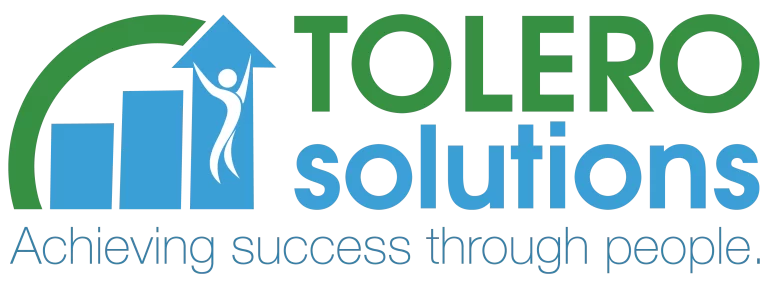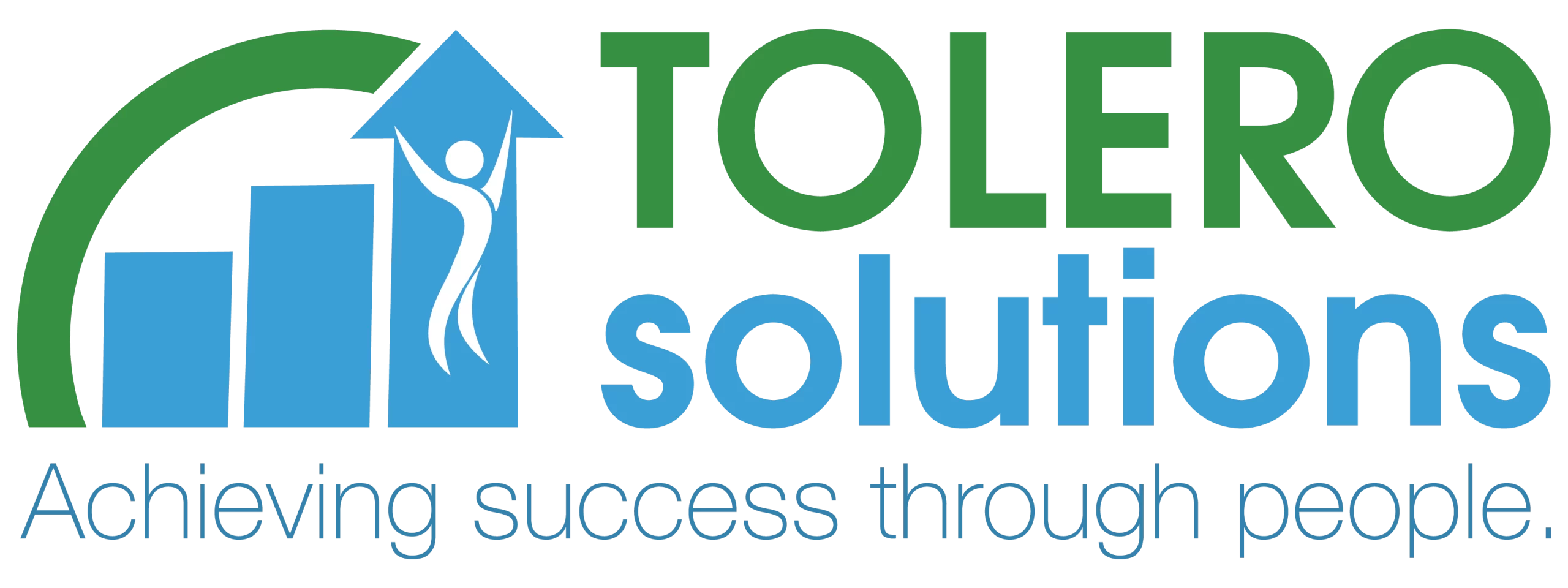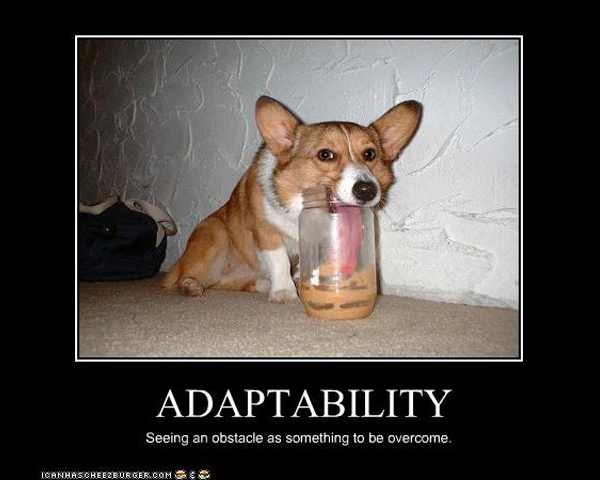I was recently asked by a client, who I’ve been providing Agile project management work, if I could expand support by providing additional change management expertise. I got to thinking, really, I already am!
Although the request was more focused on managing change for the impacted stakeholder groups – we’re currently using #agile and #scrum principles to manage the project – and those principles embrace many of the same things.
For those who may be unfamiliar here is a quick overview. Agile is a group of methods based on iterative and incremental development, where requirements and solutions evolve through collaboration between self-organizing, cross-functional teams. Agile promotes adaptive planning, evolutionary development and delivery – a time-boxed iterative approach – and encourages rapid and flexible response to change. The Agile Manifesto introduced the term in 2001. The Agile Manifesto values (among other things):
- Individuals and interactions
- Customer collaboration
- Responding to change
- Open communication and collaboration between teams
- Alignment with program/domain delivery objectives
- Transparency across teams
- Fast feedback cycles
Sounds a lot like the principles of solid change management doesn’t it?
Within an agile project are several roles within the pod (or team):
Team Members are self-organizing subject matter experts that are responsible for development and delivery.
Product Owner represents the stakeholders and is the voice of the customer for whom the project is being performed. This person is knowledgeable of the business and can provide the “Why” behind the intent. This person is responsible for prioritizing the work that the team will tackle in each sprint.
Scrum Master is a facilitator who is accountable for removing impediments to the ability of the team to deliver the sprint goal/deliverables. Their job is to implement and manage the Scrum process in the project.
Now on to the fun part! Here are 5 ways agile can help you with change management:
Establish a governance body:
Risks, issues, dependencies and impediments arise in most change management efforts. They must be tracked and mitigated. Resolution of certain things requires interaction with stakeholders and customers, and in some cases, with leadership (executive sponsors.) Open communication and collaboration is a key agile principle – and a key change management principle as well. Build a tight, yet lean, governance structure. Include clearly defined processes for prioritization and resolution to any changes or problems that could derail your efforts.
Define your sprint (or iteration):
Obviously, you have an end goal in mind. However – you can’t expect change to happen overnight. Break up the tasks into iterations – or sprints. Whether you choose 7, 14, or 30-day “sprints” – decide what the timeline is going to be for each and what specific tasks will be completed within that sprint. This allows you to make incremental progress, while tracking dependencies and impediments, maximizing the team’s efforts to manage the change effectively long term.
Hold daily stand-up meetings:
Consistency and communication increase the chances of a successful change effort. Each day hold a standing only 15-minute meeting. This daily stand-up is the opportunity for every member of the team to discuss what they did yesterday, what they’re doing today, what roadblocks they foresee, and what information they may require from others to complete tasks.
End of sprint retrospective:
Successful change can’t be rushed. Don’t immediately go to the next sprint. When one phase ends, time is needed to reflect on what went well and why, and what didn’t, prior to moving ahead. This continuous learning cycle helps to refine the process and contributes to future success.
Communicate, communicate, communicate:
Whether it’s with stakeholders, among members of the team, or anyone else within the organization – make sure all parties are informed about what is going on, when it’s going to happen, and how it’s going to impact them.
Despite agile mainly being a product development practice – the principles can be used to manage the people side of change in most projects. You just need to have a scrum master who is also skilled in change management – one who can also manage the people – not just technology – changes associated with the project.
About Scott Span, MSOD, CSM: is CEO at Tolero Solutions. As a people strategist, leadership coach, and change and transformation specialist, his work is focused on people. Through his consulting and training work he supports clients to survive and thrive through change and transition and create people-focused cultures and a great employee experience. Through his coaching work, he supports people willing to dig deeper to identify and overcome what’s holding them back, change behaviors, accelerate performance and achieve their goals.
Email | Website | LinkedIn | Twitter | Blog | Facebook| YouTube | Instagram
*All Rights Reserved. Reproduction, publication, and all other use of any and all of this content is prohibited without the authorized consent of Tolero Solutions and the author.
_______________________________________________________________________________
*All Rights Reserved. Reproduction, publication, and all other use of any and all of this content is prohibited without authorized consent of Tolero Solutions and the author.







